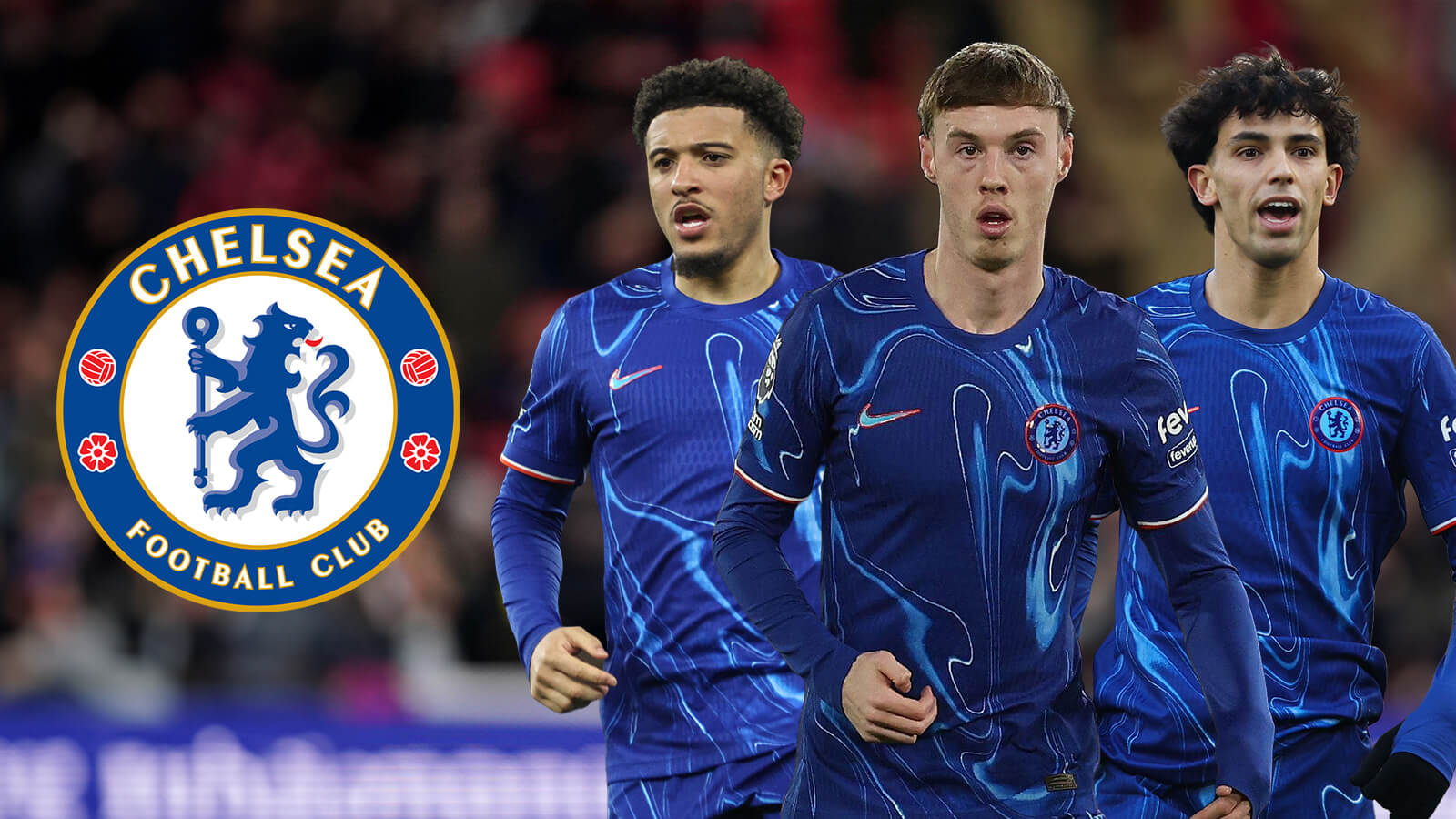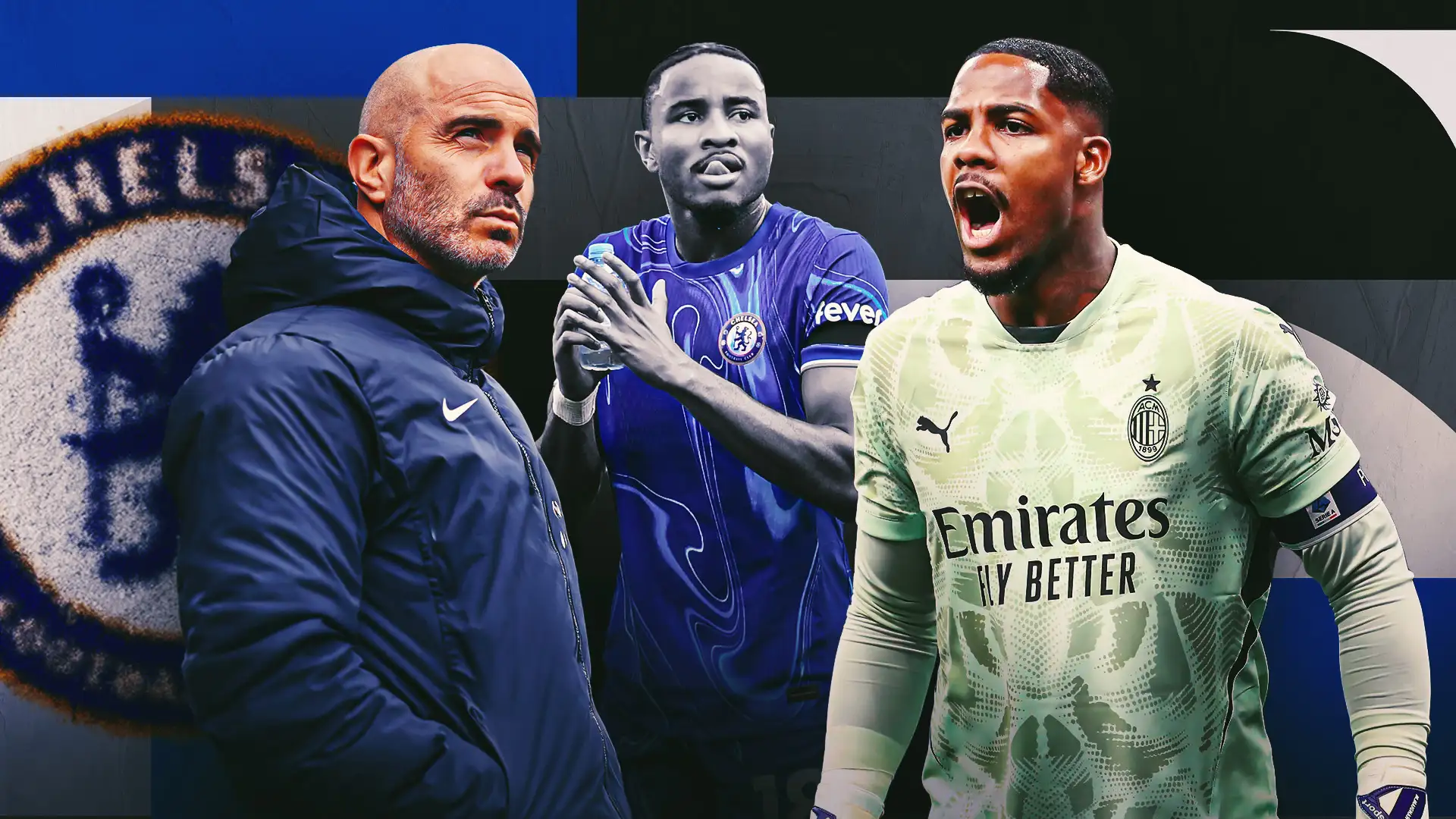Chelsea Football Club’s player buying and selling strategy under the ownership of Todd Boehly and the Clearlake Capital-led consortium has been nothing short of transformative, signaling a deliberate shift towards building a younger, more financially sustainable, and competitively promising squad. Since the takeover in 2022, Chelsea’s transfer philosophy has evolved into a sophisticated, long-term model aimed at balancing on-field success with astute financial management.
Strategy Overview: Investing in Youth and Long-Term Contracts
Chelsea has redefined its transfer market approach by focusing heavily on acquiring young, high-potential players at relatively lower wages. The club averages around 23 years and 5 months in squad age, making it the youngest team in the Premier League, a deliberate outcome of the strategy to build for the future rather than short-term gains. This youth-centric approach not only nurtures potential stars but also allows Chelsea to secure promising players on long-term contracts, often ranging between seven to nine years.
This contractual strategy plays a crucial role in the club’s financial maneuvering. It leverages the accounting principle of amortization, which spreads the cost of transfer fees over the length of the contract, effectively reducing annual costs recorded in Chelsea’s financial accounts. This innovation has permitted Chelsea to outspend rivals substantially while remaining compliant with UEFA’s financial fair play regulations. Although UEFA has capped the amortization period at five years since 2024, Chelsea continues to favor these extended contracts to maintain squad cohesion and protect player value.
The Role of Feeder Club Strasbourg and the Loan System
The club has established a beneficial relationship with Ligue 1’s Strasbourg, owned by the same consortium. Strasbourg acts as an advanced feeder club and development hub where Chelsea can loan out younger or fringe players to gain valuable first-team experience in a competitive league. This system not only accelerates player development in a controlled environment aligned with Chelsea’s tactical and training philosophy but also allows the club to manage a larger player roster profitably.
Players who excel on loan can be integrated into the first team or marketed for higher transfer fees, while others who do not meet Chelsea’s expectations are sold, even if they have not featured for the senior team. This creates multiple revenue streams while maximizing player value through carefully managed playing time and exposure.

Buying and Selling: Significant Transfers and Financial Returns
Since 2022, Chelsea has been incredibly active in the transfer market, both in player acquisitions and sales. In the summer of 2025 alone, the club spent approximately £243 million on an influx of young talent including promising names like Dario Essugo (from Sporting Lisbon), Liam Delap, Mamadou Sarr (from Strasbourg), Joao Pedro (from Brighton & Hove Albion), Jamie Gittens, and Jorrel Hato. These new signings typically sign long-term deals extending up to eight years, with an average squad age decreasing year on year, aligning with the youth-focused strategy.
Conversely, Chelsea has generated substantial revenue from player sales, bringing in about £150 million in the same summer of 2025. Players such as Joao Felix, Noni Madueke, and others have been sold to balance the books, facilitate squad trimming, and comply with profit and sustainability rules. These sales underline the club’s objective of not just buying young talents but also selling players at peak market value, often leveraging loan spells or selling options with clauses like percentages on future sales.
Achievements and Impact
Chelsea’s player buying and selling strategy has brought some notable achievements. The reduction in average squad age has created a dynamic and energetic team foundation geared for longevity. The feeder club and loan strategy have resulted in a robust pipeline of talent ready to step up or yield financial returns. Financially, Chelsea has managed to invest aggressively without overstepping financial fair play limits, a testament to the innovative use of amortization and contract structuring.
Sportingly, Chelsea’s approach is maturing with young stars starting to impact first-team performances while the club maintains competitiveness in domestic and European competitions, including qualification for the 2025-26 UEFA Champions League season. The synergy between financial prudence and sporting ambition is a cornerstone of this operation, positioning Chelsea as a modern footballing institution blending talent development with shrewd economics.
Visual Summary of Chelsea’s Strategy
This infographic illustrates the core components of Chelsea’s player buying and selling strategy from 2022 to 2025. It highlights:
- The increasing number of young players bought each year.
- The declining average age of the squad.
- The substantial revenue generated from player sales.
- The scale of transfer spending balanced against income, showcasing financial discipline.
- Emphasis on long contracts, a strong loan system, and the strategic use of their feeder club, Strasbourg.
Chelsea is piloting a model that others may seek to replicate: building a profitable, sustainable ecosystem in modern football, anchored by youth investments, long-term contracts, and clever financial engineering.
Chelsea’s strategy is not without its critics, notably regarding the moral issues around mass player turnover and the impact on academy graduates. However, from a business and competitive perspective, the evidence shows Chelsea has crafted a pragmatic blueprint that combines sporting vision with financial innovation, making it one of the most intriguing case studies in contemporary football transfers.
This comprehensive strategy has so far achieved the following:
- Constructing the youngest squad in the Premier League.
- Sustainable high transfer investment enabled by amortization and long contracts.
- A successful feeder club system with Strasbourg as a development and profit center.
- Significant balance in transfer spending and sales income.
- Qualification for top-tier European competition with a squad built to compete long-term.
Here is a concise infographic-style table summarizing Chelsea’s key player buying amounts versus selling amounts for major transfers around 2025, based on available data:
| Player | Bought From | Buying Fee (£) | Sold To | Selling Fee (£m) |
| Joao Pedro | Brighton | 60.0 | ||
| Jamie Gittens | Borussio Dortmund | 51.5 | ||
| Jorrel Hato | Ajax | 37.0 | ||
| Dario Essugo | Sporting Cp | 18.5 | ||
| Estevao | Palmeiras | 29.0 (up to £52m)* | ||
| Liam Delap | Ipswich Town | 30.0 | ||
| Mamadou Sarr | Strasbourg | 11.9 | ||
| Total Spent | 237.9+ | |||
| Noni Madueke | Arsenal | 48.5 | ||
| Joao Felix | Al-Nassr | 43.7 | ||
| Djordje Petrovic | Bournemouth | 25.0 | ||
| Kiernan Dewsbury-Hall | Everton | 24.0 | ||
| Kepa | Arsenal | 5.0 | ||
| Total Earned | 146.2(approx) |
*Estevao’s £29m initial fee could increase to £52m with add-ons.
This table highlights Chelsea’s major buys focused on youthful talent with significant investments predominantly in the £10-60m range, balanced by substantial sales receipts from established or fringe players. The summer 2025 data reflects aggressive squad building financially and strategically aligned with Chelsea’s long-term youth-focused model.
Chelsea’s evolving transfer model demonstrates how a club can strategically navigate the often turbulent and expensive football market by focusing on youth, long-term value, and smart financial management.

